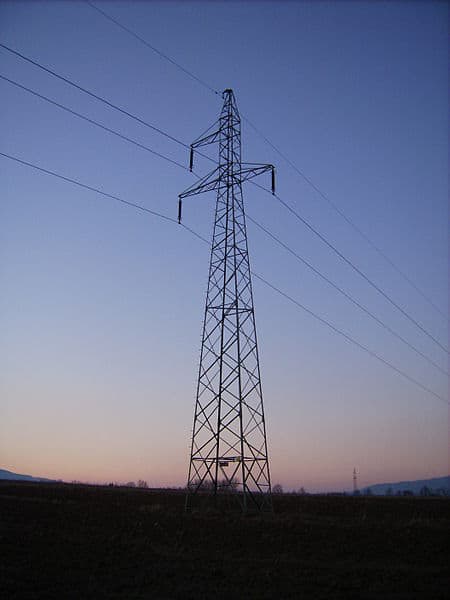A Generac Guardian Generator behind a large home supplies power during an outage at about the same volume as a large central air conditioner.
Generator Decibel Comparison
Generators make a positive impact on our lives by providing power when we need it and where we need it. When the electric utility supply is interrupted, we rely on a standby generator to restore power until the electric utility makes repairs. They keep our homes cool, our food safe, and prevent the basement from flooding while providing light and entertainment.
On job sites, tailgating at sporting events, and while camping in the wilderness or traveling in an RV, generators supply electric power for a wide variety of needs and conveniences that range from refrigerators and air conditioners to coffee makers and strings of festive camping lights.
The noise associated with an internal combustion engine can be bothersome if it is too loud or too close. Many communities have noise regulations that apply to air conditioning units and standby generators alike, and to other noise producing machines. Campgrounds also enforce rules designed to reduce noise pollution. Even if your generator is quiet, turning it off at night is polite and friendly.
Noise Measurements
The ‘bel’ is named in honor of Alexander Graham Bell, but the unit of measure is rarely used. Instead, we measure sound using the ‘decibel’ which is one-tenth of one ‘bel’. For comparison purposes, the base level that most sounds are compared to is 70 decibels.
Consider these everyday sound levels:
| Passenger car going 65 MPH @ 25 feet | 77 dBA |
| Music in a Living Room | 76 dBA |
| Vacuum Cleaner | 70 dBA |
| Central Air Conditioner @ 20 feet | 68 dBA |
70dB is twice as loud as 60dB which is considered fairly quiet, and four times as loud as 50dB which is very quiet. Office or restaurant conversation weighs in at 60dB, and quiet conversation at home at about 50dB.
Moving the other direction, we have a garbage disposal at 80dB, an electric blender at 88dB, and a jack hammer at 100dB. Front row seats at a rock concert can top 110dB which is painful to many people and can cause serious, long-term damage.
Levels from 80 to 100dB can cause damage after eight hours of exposure, and each increase in sound level increases the likelihood and severity of damage.
Champion Portable Inverter 4650 watt generators running in parallel produce up to 7300 Watts—enough for most RVs with air conditioners and other appliances—while making only 61 dBA noise.
With noise levels down to 52 dBA, the Cummins P4500i is one of the quietest portables on the market and one of the most popular Portable RV Generators.
Does a Generator Make Much Noise?
The good news is that home standby generators designed for use in residential areas comply with noise levels that allow you to keep your sanity and won’t anger the neighbors if they have their windows open.
For comparison, many central air conditioners are rated at about 68dB when heard from 20 feet away.
Standby Generator Noise Level Chart
| Generac Guardian | 58 dB Test to 68 dB Full Load |
| Kohler | 69 dB Full Load |
| Briggs & Stratton | 64 dB Full Load |
| Cummins | 62 dBA Full Load |
The Generac Guardian line produces just 58 dBA in 66dB at 23 feet. Kohler Power Systems weighs in at 69dB, Briggs & Stratton about 64dB, and Cummins Power Generation weighs in with just 62db – not much more than conversation in a restaurant.
Planning an RV or tent camping trip? It’s important to know that Park Service rules limit generator noise to 60 dBA at 50 feet. That’s no problem with a Cummins or Champion Portable Inverter Generator.
No real standards exist for measuring portables. Manufacturers usually take measurements from 21 feet away in all directions and publish the lowest noise level.
Regular portable generators mounted on an open steel frame make the most noise starting at about 69 dBA and up to about 80 dBA, depending on the size of the generator and the model.
RV Generators that mount in a compartment offer reliable power with less noise (68 dBA) than most regular portables. They meet National Park Service rules, have spark arresting mufflers, and start at the push of a button from the comfort inside your RV. LP Propane, Gasoline, and Diesel Powered generators produce more than enough power. They’ll even charge the house batteries while they run.
Updated October 18, 2022






![generator-install-mh-onan-1[1] Class A Motorhome Slideout Onan Diesel](https://blog.norwall.com/wp-content/uploads/2013/03/generator-install-mh-onan-11.jpg)










